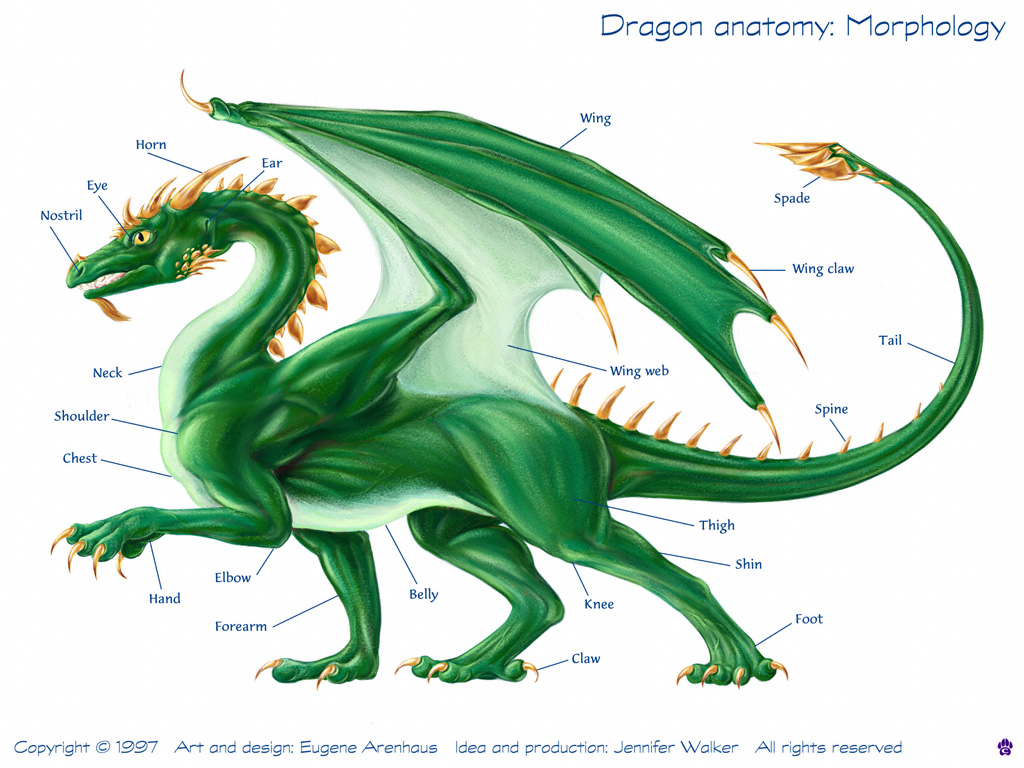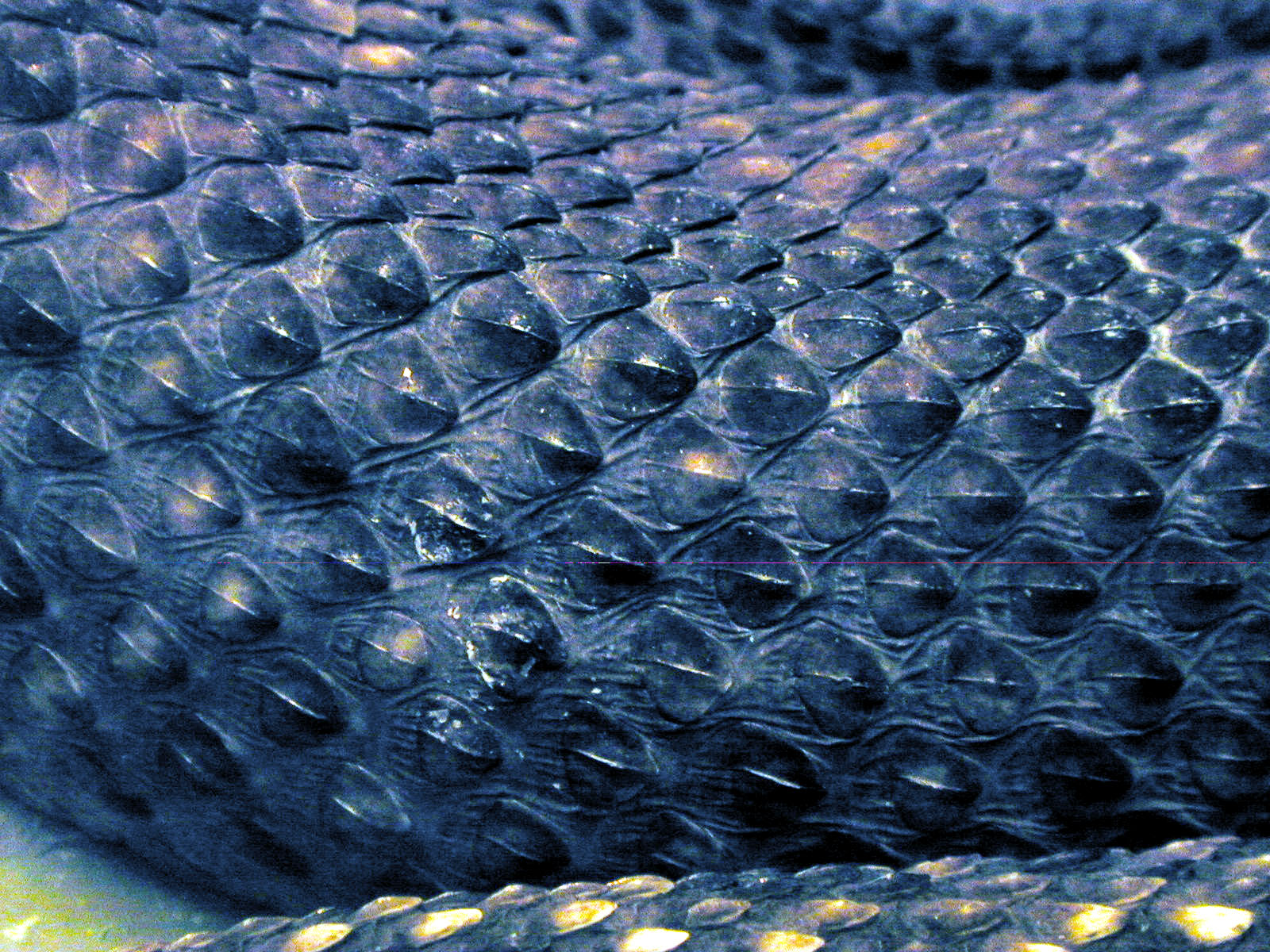Notes and tails about dragons
Note and other bits about dragons. Collections of Beasts as told by the divisions of magical creatures. This book is categories XXX ;)
Last Updated
05/31/21
Chapters
13
Reads
3,982
Appearance And Specifications
Chapter 2
Appearance and Specifications
Dragons
look much like a reptile, or at least at first glance. It has a muscular body,
a long thick neck, a horned head and sinuous tail. It walks on four legs with
clawed feet, and flies using its vast, bats-like wings. Heavy scales cover a
dragon from the tip of its tail to the end of its snout.
Dragons
come in different sizes. They start out as eggs, from 1-4 feet in length, and
about half that in diameter. As adults, some species of dragons can be as
long as 85 feet, with a wingspan of 170 feet.
A
dragon's eye has a large iris and a vertical pupil, like a cat. This allows the
pupil to open extremely wide and admit much more light than a human eye. The
white of a dragon's eye are often not white, but yellow, gold, green, orange,
red, or silver.
A
dragon's eye is protected by a leathery outer eyelid and three smooth inner
eyelids. The innermost membrane is crystal clear and protects the eye from
damage while the dragon flies. The other two eyelids mainly serve to keep the
eye clean. They are neither as thin nor clear as the innermost membrane. A
dragon can use these inner lids to protect its eyes from sudden flashes of
bright light.
Dragons
are hatched from eggs. These eggs vary in size depending on the Dragon type,
but are usually the same color as the mother dragon. Dragon eggs have
elongated, ovoid shapes and hard, stony shells.
When
born, a dragon's scales are as soft as tissue paper, and slowly harden as the
dragon ages. During the first year of life, a dragon's scales will be very soft
and supple. Over time, they will become as hard as stone or steel.
Metallic scales start out very dull, but become shinier throughout the
life of the dragon.

Scales

They are densely packed cells made up of keratin, a tough fibrous protein. When born, a dragon's scales are as soft as tissue paper, and slowly harden while the dragon grows and the main function of scales is protection of the soft skin tissue of the dragon.
The iron from the blood, or vegetable matter the dragon eats is absorbed by the dragon's blood stream and mixed with the keratin to create steel-hard scales.The process of getting scales as tough as they can get takes about one year after being hatched and it's approximately 4-6 inch wide, and 7-9 inch long.
An adult dragon can easily take a direct blow from a knight's sword and hardly flinch.The pattern of the body scales is a flat, rotating design that overlap each other.Easy movement is due to the unique depression on the top side of each scale that allows them to lay evenly flat on the body.
The scales on the chest area are the largest; easily being over a foot wide. The chest scales are one to three flat "scale flaps". These are shaped differently than a regular scale as they are more squarish. The pattern of the chest scales is overlapping and flat running from the throat, under body to the end of the tail. All of the scales lightly slide over each other, so when a dragon walks it will make a soft scraping sound. The overlapping scales make it difficult for anything to successfully injure a dragon.
 An interesting fact is that the dragon can make the scales stand on end for washing. Also, when angered, the dragon can puff up, spread its scales, and look a lot larger than the dragon actually is. Lifting the scales is also an effective heat reducing element. Making the scales stand on end allows the skin underneath to release heat, thus cooling the large animal down quickly. A favorite past-time of dragons is to stand the scales up and go into a cool pool of water to allow it to run in between the scales and onto the sensitive skin.
An interesting fact is that the dragon can make the scales stand on end for washing. Also, when angered, the dragon can puff up, spread its scales, and look a lot larger than the dragon actually is. Lifting the scales is also an effective heat reducing element. Making the scales stand on end allows the skin underneath to release heat, thus cooling the large animal down quickly. A favorite past-time of dragons is to stand the scales up and go into a cool pool of water to allow it to run in between the scales and onto the sensitive skin.
Color
it is determined by the genes of the parent dragons. Usually only red dragons will mate with other red dragons, etc. But if a mating took place between a gold and a green dragon, the result might be a bronze colored offspring.
Scales on a dragon are never simply one shade of color. If a dragon is blue, there will be many, many shades of blue. Light, medium, dark, blue-black, etc. Scales are bright and shiny in a healthy dragon, but dull and muted if a dragon is ill.
In some breeds of dragons when the dragon is mature, the cells in the scales are able to change color such as a chameleon due to chromatophore, the pigment cells in the scales.This reaction can be caused by emotion (anger, happiness,etc) or by the will of the dragon to change color.If the dragon is angered it can change from its original color to a bright, fierce color such as red, to look more intimidating or during mating rituals, it can flow certain color patterns on its body to attract other dragons. Since dragons are extremely intelligent, it can choose which colors to change into to match the exact background it is near including subtle shadow and highlights. It is so good at this, most things would just walk past a 65 foot dragon hiding in the sand.



